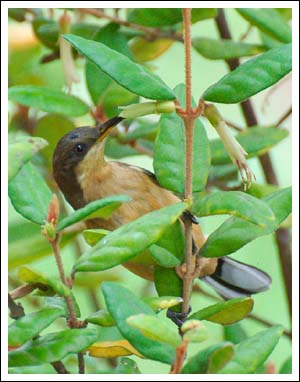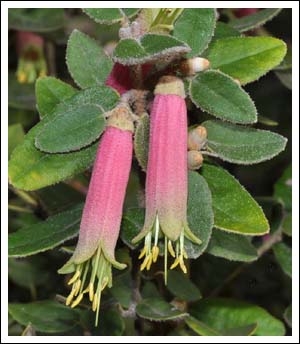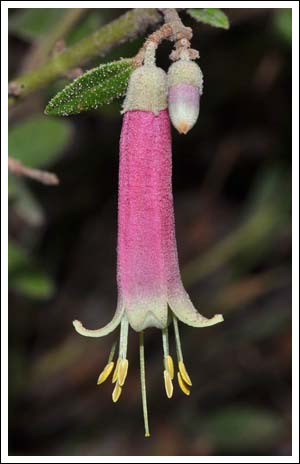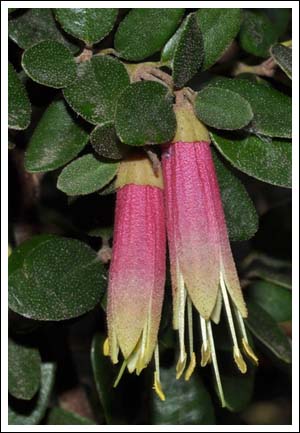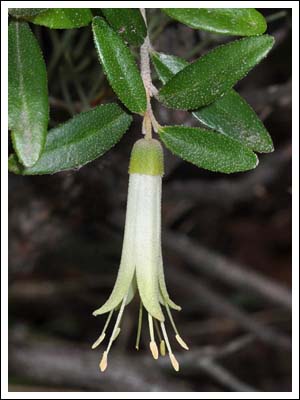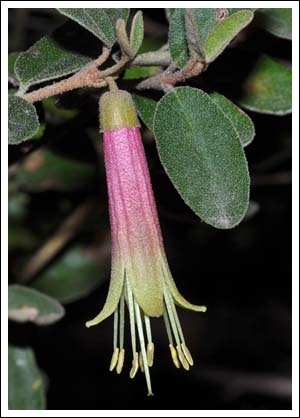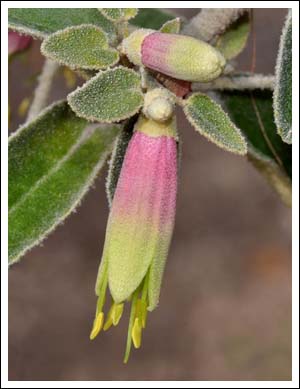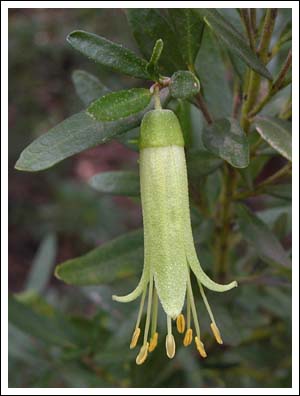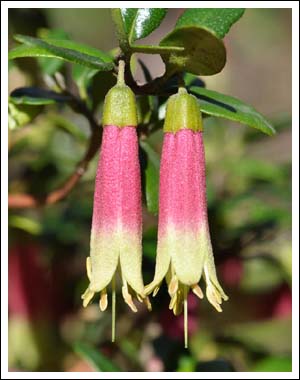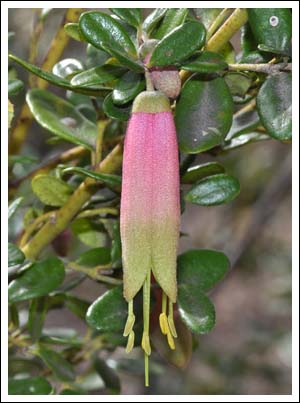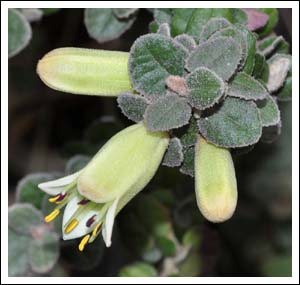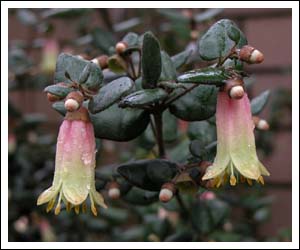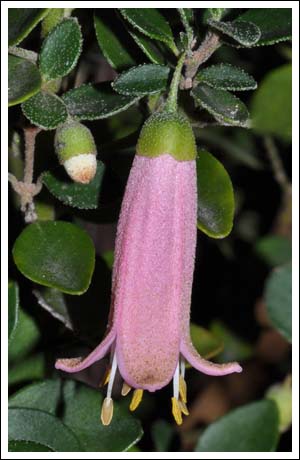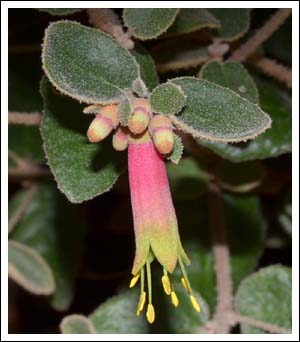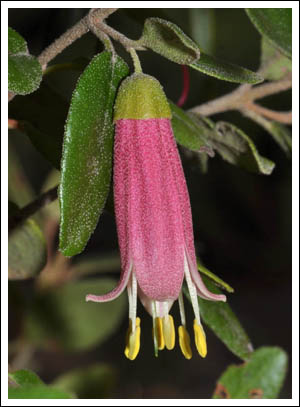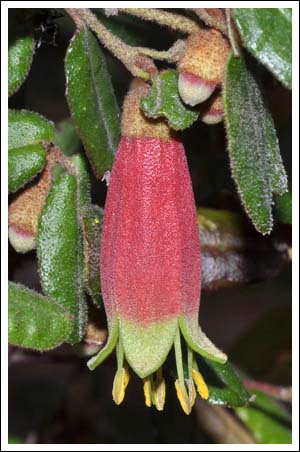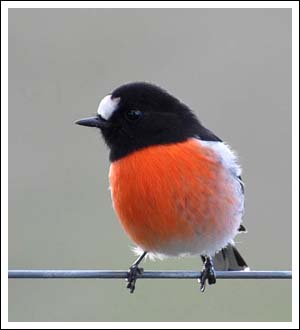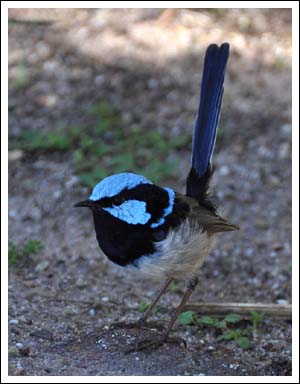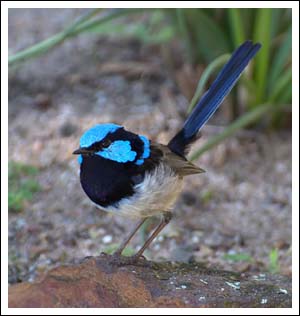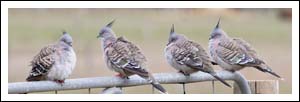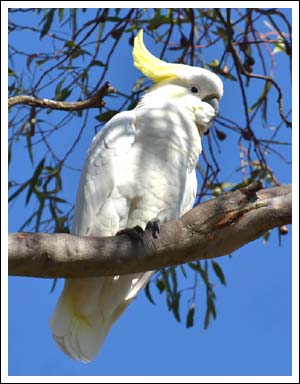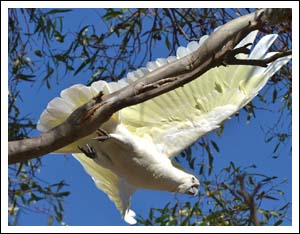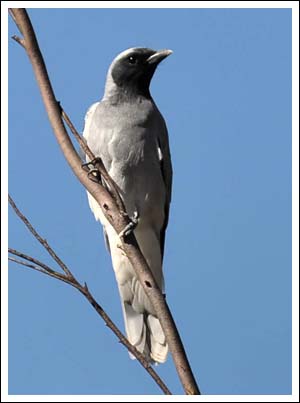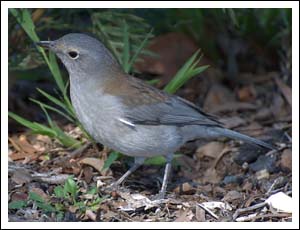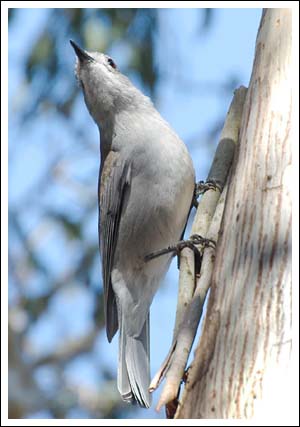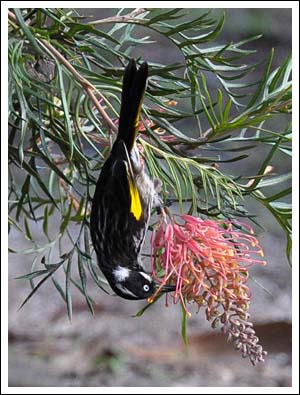Every garden, native or otherwise should have at least one correa, species or cultivar, many of which are available from specialist nurseries. They are all loved by honeyeaters, and there are varieties suitable for shade and open sun, with some very drought hardy. The garden where the following correas were photographed is of over forty years duration, and two of the earliest plantings, Correa glabra in green and red forms are still thriving, the former spanning over three metres in width. Correa decumbens, planted at the same time is now gone, but continues to make its presence felt in hybrid seedlings. Clearview Giant was another early planting, with Correa alba, Marian’s Marvel, Dusky Bells, and over the years various others, including cutting grown plants of Correa reflexa forms from the wild. Those plantings have resulted in seedlings appearing that exhibit a delightful variety of colours and shapes, often germinating far from a likely parent. One small plant, yet to flower, has just been discovered on the roadside verge more than fifty metres from the nearest garden bed. We have the pollinating honeyeaters, the Eastern Spinebill in particular to thank for all these seedlings. Here then are our present garden correas with some brief notes.
Correa lawrenceana var. genoensis with immature Eastern Spinebill.
The oldest self sown hybrid, probably reflexa x decumbens.
A recent seedling growing in the shade of an Avon River callistemon.
A very hardy and vigorous plant that germinated adjacent to where the decumbens once grew.
This elegant flower is on a plant that germinated at the base of a large Hakea purpurea, and is growing up through that shrub. The honeyeaters are happy to feed on it in the safety of the prickly hakea foliage.
Just a metre away this red flowered plant is growing similarly at the base of Baeckea virgata.
A small flowered plant with dense pale green foliage.
The venerable Correa glabra, green form.
And planted at the same time all those years ago, the red form.
A relatively recent seedling, with a lovely flower.
Correa reflexa var. nummulariifolia.
Correa Marian’s Marvel, reflexa x backhousiana.
Correa Misty Pink.
Correa reflexa, Port Albert, long flowering, small foliage and red flowers.
Correa reflexa, cutting grown, from the Mottle Range, East Gippsland.
The same form growing in more fertile soil, exhibiting clustered flowers.
The newest seedling to flower, possibly with Dusky Bells in its makeup.
Correa reflexa is extremely variable, both in foliage, and flower shape, size, and colour. This final image is not from the garden, but of a plant surviving on a back lane in farmland just south of the wooded foothills to the north. Another form worthy of cultivation. Click all images to enlarge, and enjoy the beauty of our Australian Correas.

